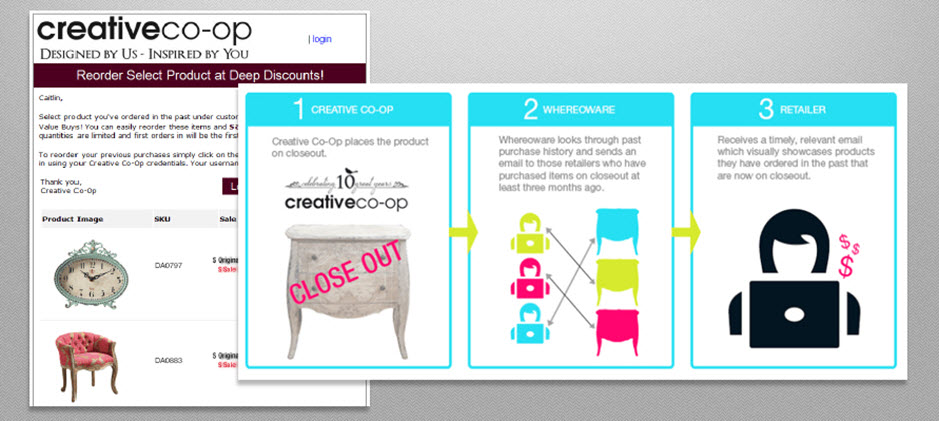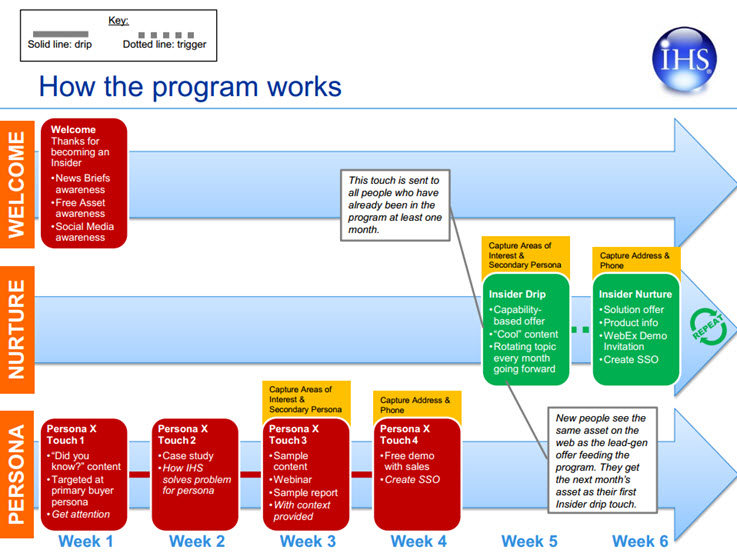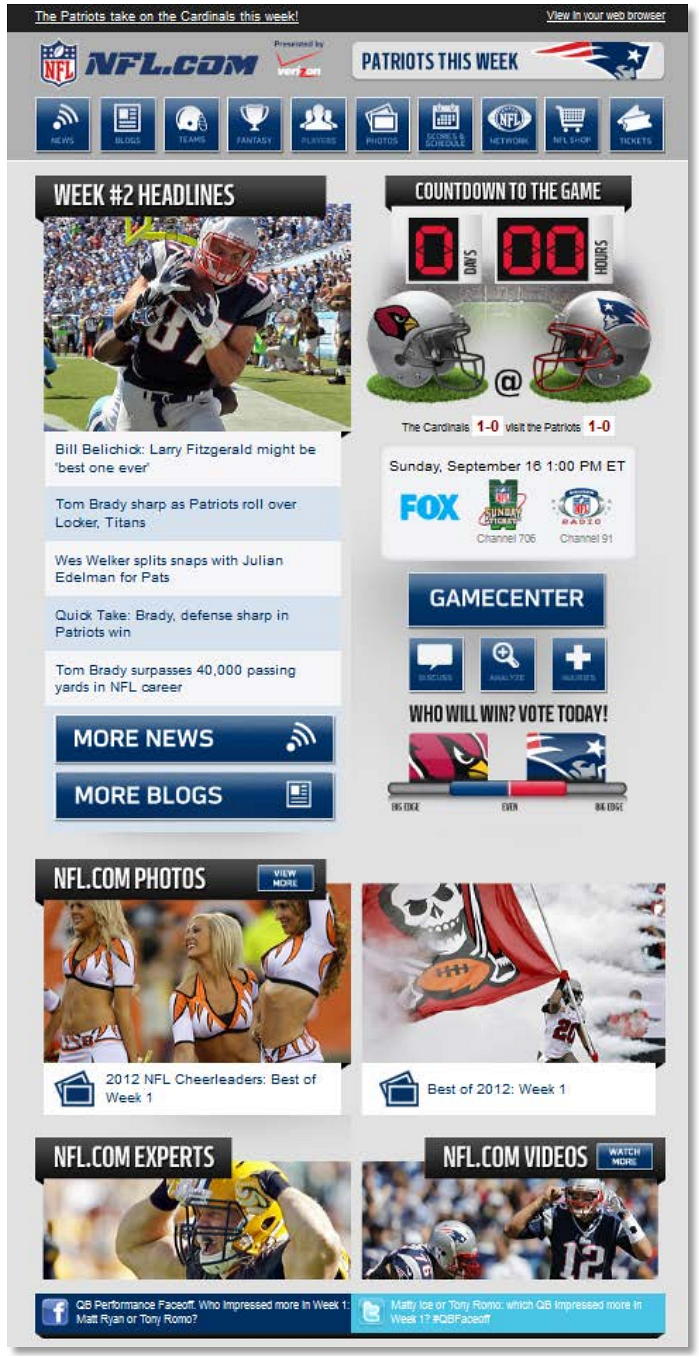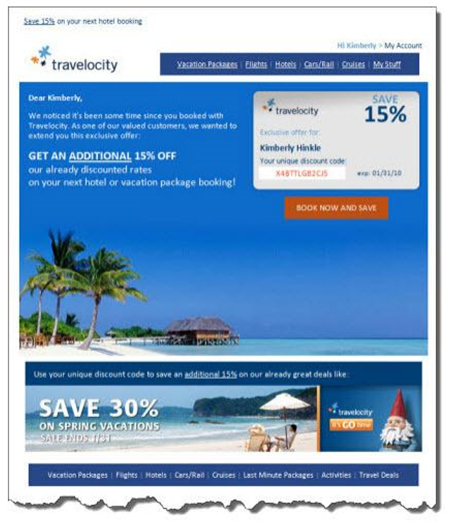I recently had the chance to speak with Ali Swerdlow, VP Channel Sales and Marketing, LeadSpend, on some of the challenges facing email marketers. She mentioned emailing inactive lists is an issue for a number of reasons.
That conversation led to a joint interview with industry experts Craig Swerdloff, CEO and Founder, LeadSpend, and Spencer Kollas, Global Director of Delivery Services, Experian Marketing Services.
MarketingSherpa: We’re going to be talking about inactive email and what email marketers can do about this issue. This is a challenge for a lot of marketers.
Spencer Kollas: There has been a lot of press around the fact that Yahoo! is actually shutting down and potentially reassigning I’ve heard anywhere between 7 million and 15 million email addresses that have not been logged into in the past 12 months.
It’s really important for clients, as they start looking at this, and senders, to focus on those most active users, because not only are the ISPs such as Yahoo! potentially shutting those addresses down because of inactivity, but a lot of the major ISPs are also looking at user-level engagement to determine inbox delivery.
When you look at a Yahoo!, a Gmail, a Hotmail [account], they are actually looking at how engaged [your users are]. And that will actually help them determine whether they think that they should deliver all of your mail into the inbox, the bulk folder, or just even potentially block it.
By looking at that engagement level and focusing on those and knowing who your inactives are, and really determining what is considered inactive based on your business needs and goals, is also a very important piece.
Craig Swerdloff: Yeah, I would echo that. I completely agree with Spencer. I think marketers are faced with a tough challenge in really identifying active users, however, because at the end of the day, the metrics around activity aren’t necessarily accurate.
The best example I can give on that is there may be a lot of users who are receiving your email, for example, on a mobile device where the images are disabled by default. From a marketer’s perspective, they may never register an open [for that email] even though they may be actually engaging with that email on their mobile phone.
Furthermore, they might be taking action from that email that may not be identified in a click, but may actually result in a person coming into your store and making a purchase.
You’ve got to clean up your data and, obviously, you’ve got to remove inactives over a period of time. But you also don’t want to throw away email addresses of customers that are actually reading your email or seeing your email and who are then prompted to go into a store and make a purchase. So, you’ve got very careful about it.
MS: Actually, that brings up a great question because – what is the marketing challenge? Obviously you’re going to track open rate, clickthrough and everything else. But at the same time, you have people who are opening on mobile, they’re engaging with you in different places. How do you meet that challenge?
SK: From a straight deliverability standpoint, right, the ISPs are strictly looking at email engagement, right? So, truly understanding your customers and your business, you have to figure out – are there other ways to engage with [your customers]?
Are they looking at things on, say, social or are there other options that you can use to get them to open your emails – even by posting something through your social networks and getting them to open one of your emails, something along those lines.
Because Yahoo! doesn’t know that somebody’s coming into your business and your retail store and actually buying something. Only you know that. So, finding other avenues to reach out to those customers and getting them to engage with your email is something that I think is really important. Again, it’s all based on those particular business goals and those business needs.
It’s a careful balance. You want to work for better deliverability and better inbox placement rate, but at the same time, your ultimate goal is to optimize towards the highest ROI and the highest rate of return and revenue on your email program.
You probably want to do things in steps and do things in a gradual process. By the way, if you’re not having a deliverability problem, then you probably don’t need to really worry too much about removing inactive email addresses. But if you are, then you may want to stop and take a look at what’s causing that and which domains you might be having a problem [with].
Let’s just say, for example, you’re having a deliverability problem related to engagement at Yahoo!, then you probably want to start removing some of your inactive Yahoo! addresses.
But the best way to do that would be, for example, to start with email addresses that have never registered and opened, never registered a click, and who aren’t customers, current customers, as far as you can tell online or offline.
You can remove those folks and then kind of measure and gauge what effect that’s having on your deliverability and inbox placement at Yahoo!. And, if it is having enough of an effect, then you may want to start adding some additional email addresses into your inactive segments. So, you may want to start removing people who maybe haven’t opened or clicked in 12 months and who haven’t made a purchase in 12 months, and you can continue to sort of expand the universe, if necessary, in order to fix that deliverability problem.
MS: How does your inactive crowd affect your reputation score?
SK: Again, from the deliverability standpoint, when you’re talking about the major ISPs that are using engagement as part of their overall reputation scores, it can have a drastic impact on your overall ability to reach your customers.
While some [if not all] of the ISPs use engagement level-type situations, a lot of the major ones do, and so that’s where you’re going to see the effects of your inbox delivery. It’s not just about how much mail are you sending in a given time or throttle rate, or even just spam complaints. It’s all of the different levers that they can look at, whether it’s unknown users, whether it’s spam traps, whether it’s complaint rates, whether it’s engagement level stuff. They’re looking at all of those and tweaking as they go along to determine your overall reputation.
MS: Is there anything you want to add that I’ve not brought up that you think is apropos to this entire conversation?
SK: I think from a deliverability standpoint, one thing that has been kind of proven time and time again is in email, it’s not always about the biggest list makes the most money. It’s about the most focused list, sending the most relevant content.
Just by sending emails to people that are opening or clicking or engaging with your brand isn’t necessarily going to make you the ROI that you’re looking for on email.
While email is very cheap and easy to do, you want to make sure you’re reaching those customers that are your most active and finding other avenues. Again, be it print, phone, social, whatever it may be, how to engage those customers and possibly bring them back into the fold in email.
MS: You’re telling me you like segmentation and not batch and blast, right?
SK: It was probably 10 years ago, my boss would basically start every presentation, every conversation with telling people that they are no longer allowed to say the word “blast” because blast is a bad thing and that’s exactly what the ISPs look for and try to block. They are looking for segmentation. They are looking for different ways that companies are reaching out to their users.
From a deliverability standpoint, that’s how best we can understand which segments are your most valuable. By just doing the old batch and blast, you can’t really tell what’s actually making you the most money and what’s not, so you don’t know where to focus your time.
By creating different segments, you can really focus where it’s going to make you money in return, instead of just focusing and wasting your time on people that will never truly engage with your brand via email.
Read more…














